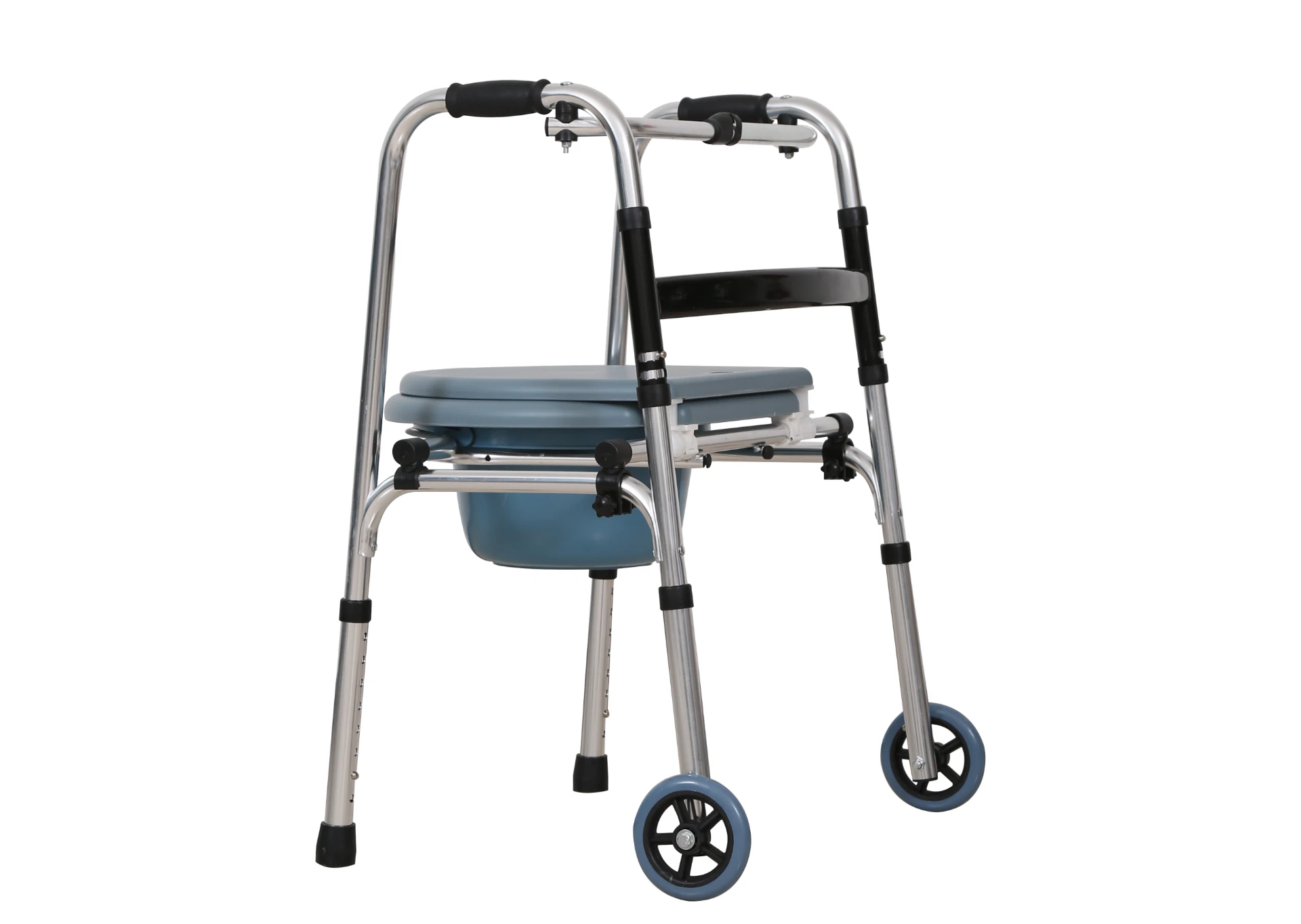Welcome to our websites!
Transferring from Wheelchair to Shower Chair Safely and Easily
Transferring from a wheelchair to a shower chair is a critical task that requires proper technique, safety considerations, and sometimes assistance. For individuals with mobility challenges, maintaining independence and dignity during personal care routines is essential, and understanding the transfer process can significantly enhance comfort and security.
The first step in a successful transfer is preparing the environment. Ensure that both the wheelchair and the shower chair are positioned correctly. The shower chair should ideally be placed at the same level as the wheelchair to minimize the distance of the transfer. If possible, make sure the shower chair has sturdy armrests, non-slip feet, and a comfortable seat to enhance safety and comfort.
Before beginning the transfer, the person transferring should be seated securely in the wheelchair with the brakes engaged. It's vital to remove any obstructions from the area and have any necessary assistive devices close at hand, such as grab bars or a mobility aid. If the individual requires assistance, a caregiver should be alerted and prepared to lend support.
To initiate the transfer, the individual should lean slightly forward, positioning their knees together and moving to the edge of the wheelchair. The caregiver, if present, can offer support by standing close, offering a steady hand on the individual's back or arm. If the person is transferring independently, they can use their arms to push off from the wheelchair’s armrest or seat while pivoting their body towards the shower chair.
transfer from wheelchair to shower chair

For individuals with limited upper body strength, the use of transfer aids, like a transfer board or a sliding seat, can facilitate a smoother transition and reduce the risk of injury. The individual should aim to pivot their body rather than twisting, which could strain the back. Once they are seated on the shower chair, they should ensure they are stable and comfortable before adjusting the chair’s position if necessary.
Post-transfer, it’s essential to ensure that personal hygiene items, such as soap and towels, are within reach to further promote independence. If caregivers are assisting, they should encourage the individual to communicate their preferences and needs throughout the process, fostering a sense of control and dignity.
In conclusion, transferring from a wheelchair to a shower chair can be accomplished safely with the right techniques and preparations. Individuals can retain their independence and dignity during personal care by prioritizing safety, using appropriate equipment, and ensuring an organized environment. Whether transferring independently or with assistance, it’s crucial to approach the process with care and consideration.
-
Transforming Healthcare with Hospital FurnitureNewsJun.24,2025
-
Rehabilitation EquipmentNewsJun.24,2025
-
Mobility and Independence with WheelchairsNewsJun.24,2025
-
Freedom of Mobility with Our Rollator WalkersNewsJun.24,2025
-
Comfort and Independence with Commode ChairsNewsJun.24,2025
-
Bathing Safety and Independence with Shower ChairsNewsJun.24,2025
-
Navigating the Wholesale Landscape of Electric Mobility Solutions: Key Considerations for Power Wheelchair DealersNewsJun.10,2025











